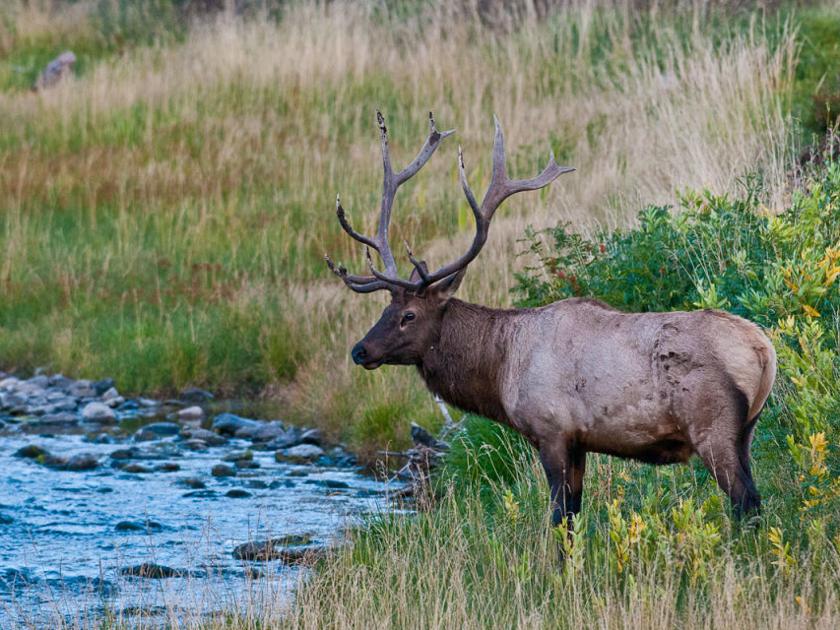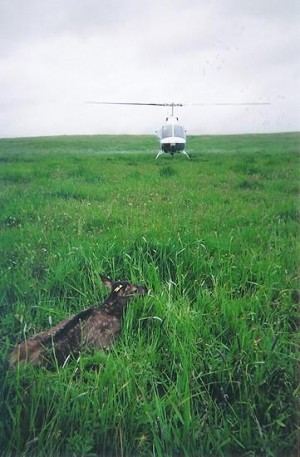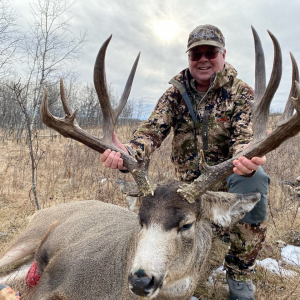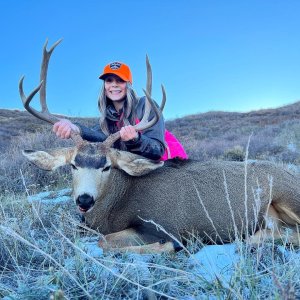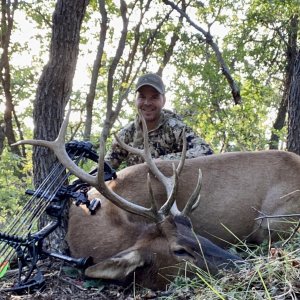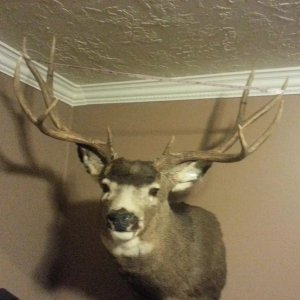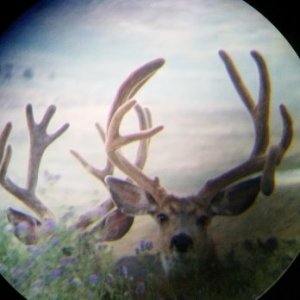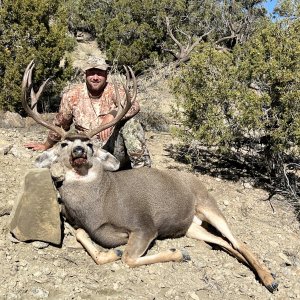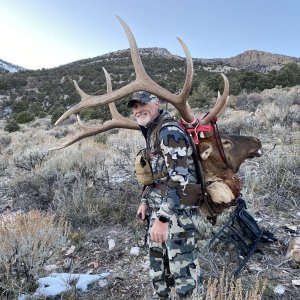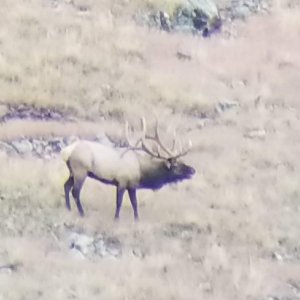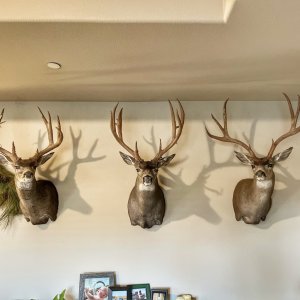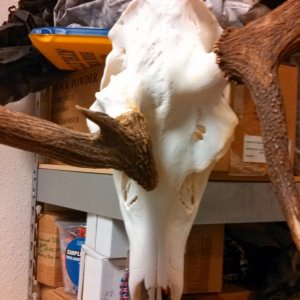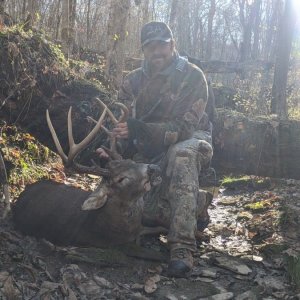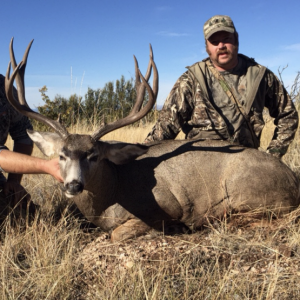txhunter58
Long Time Member
- Messages
- 8,540
So in Colorado the CPW has stated on record that they are growing the herd in SW Co by slaughtering the heck out of bulls (they estimate 13/100 before this is done) and drastically lowering the cow tags.
Elk 101 in the new Bugle magazine shows a study in Oregon that indicates that having fewer mature bulls to breed leads in a prolonged rut and calves born late. Which end ups hurting calf survival. Seems like calf survival is one of the big issues in SW CO? Makes you wonder.
Elk 101 in the new Bugle magazine shows a study in Oregon that indicates that having fewer mature bulls to breed leads in a prolonged rut and calves born late. Which end ups hurting calf survival. Seems like calf survival is one of the big issues in SW CO? Makes you wonder.

